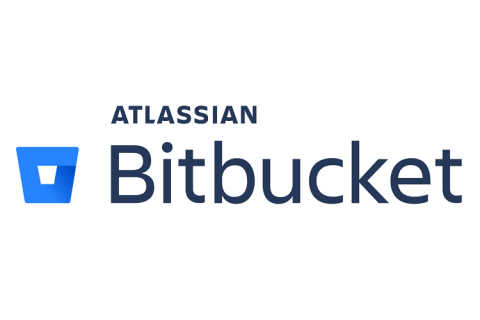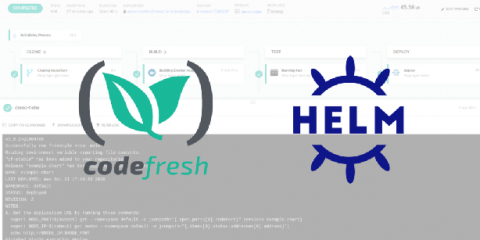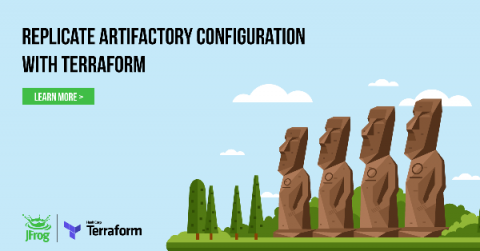Operations | Monitoring | ITSM | DevOps | Cloud
CI CD
The latest News and Information on Continuous Integration and Development, and related technologies.
Lessons Learned in CI/CD Transformation
Continuous integration/continuous delivery (CI/CD) is a methodology which helps technology teams deliver higher-quality software faster through automation. At OpsRamp, we have embarked on the journey of CI/CD transformation and have seen tremendous change in the way we build and release our products. Michael Fisher, Group Product Manager, OpsRamp explained the journey and lessons learned in this process during a recent webinar.
Key Features Of Jfrog Artifactory In 5 Minutes
Tutorial: Using Helm Hooks in Your Codefresh Pipeline
When getting started with Kubernetes and Helm, the process across the release life cycle can feel like a black-box; having to follow debugging processes to understand what is going on behind the scenes. Helm hooks can help with that. This post provides an overview of: If you are new to Helm, we suggest to check-out our previous tutorial first and then come back to learn more about Helm hooks. Hooks perform a single action at a specified point during the release life cycle.
Samurais Do NOT Use UIs: Using CLI To Configure Codefresh And Create And Manage Kubernetes Pipelines
Are you a ninja? It’s a silly question. I know that you are most likely not a real ninja. But you might be considering yourself a ninja of software engineering. “What does Viktor mean by that?” I’m glad you asked. Ninjas appear, perform the mission, and disappear without leaving a trace behind. “Why is Viktor talking nonsense? What does that have to do with software engineering?” Again, I’m glad you asked.
Getting Started with Maven and Cloudsmith
Using CLI To Configure Codefresh And Create And Manage Kubernetes Pipelines
Performance Improvements, Reliability, and Feature Flag Mishaps
Getting Started With Helm 3 Using React and Codefresh
Helm is an application package manager for Kubernetes. Using Kubernetes can often be overwhelming to maintain resources. Since Kubernetes is configured by YAML files, the more complex your application becomes, the more difficult it will be to navigate and make changes to the respective files; think about lots and lots of repetitive YAML files. A scenario that makes every developer cringe. Helm can help you solve this.










